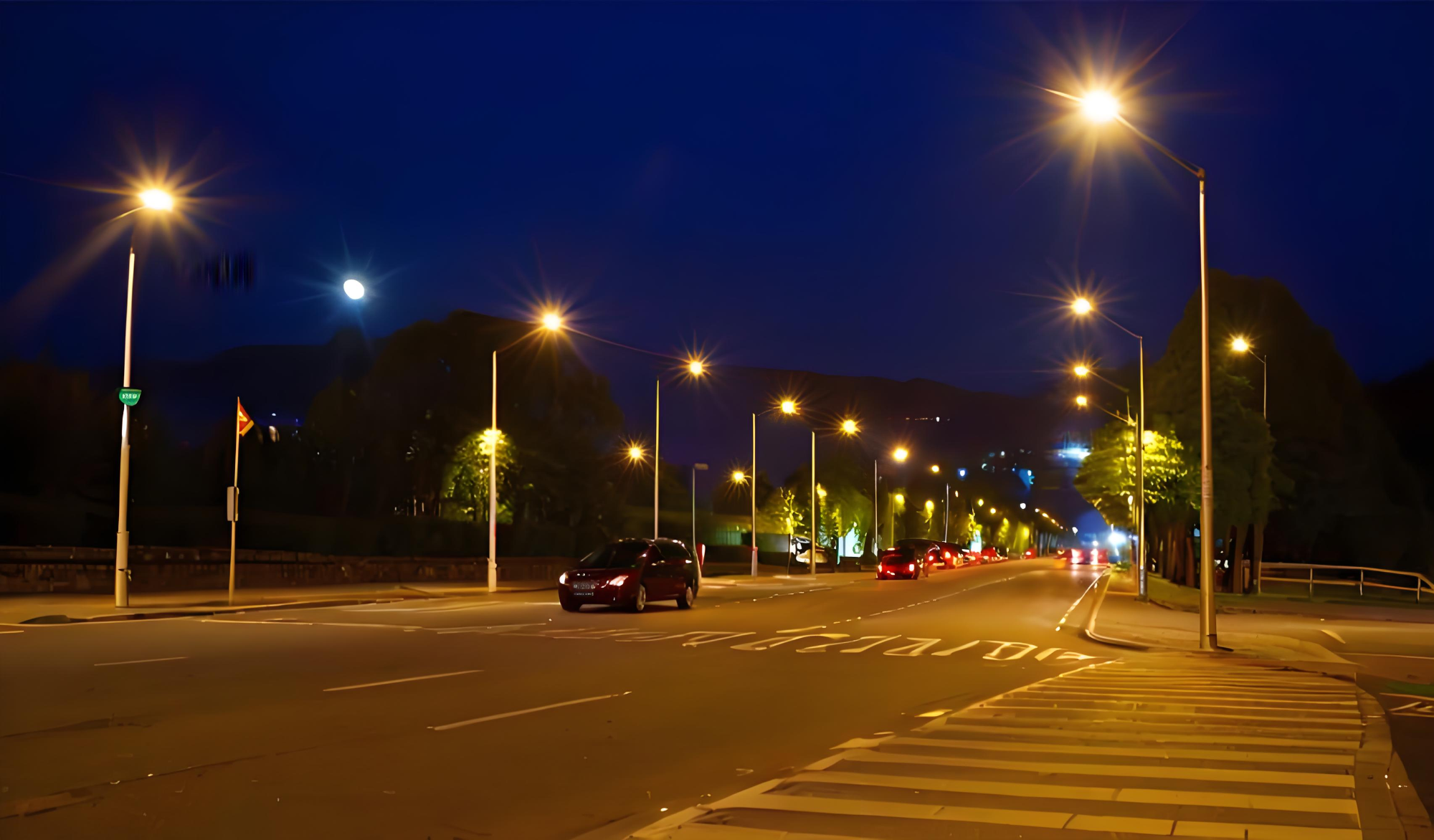Smart street lights, equipped with advanced energy-saving control systems, are revolutionizing urban lighting by optimizing energy usage, enhancing public safety, and improving overall city management. This article delves into the functionality and implementation of these intelligent control systems, highlighting their key features, benefits, and the technologies that enable them. By examining the core components and operational principles of smart street light energy-saving systems, this paper aims to provide an in-depth analysis of how these solutions contribute to sustainable urban development.
Introduction
As cities continue to grow and expand, the demand for efficient and sustainable urban infrastructure becomes increasingly important. Traditional street lighting systems, which often rely on outdated technologies and lack intelligent control mechanisms, contribute significantly to energy waste and operational costs. To address these challenges, smart street lights with energy-saving control systems have emerged as a viable solution.
Key Components of Smart Street Light Energy-Saving Systems
Smart street light energy-saving systems typically consist of several key components, including:
2.1 Intelligent Lighting Controllers
Intelligent lighting controllers are the brains of smart street light systems. These devices are responsible for receiving input from various sensors and adjusting the lighting output accordingly. By analyzing data such as ambient light levels, pedestrian and vehicular traffic, and weather conditions, controllers can dynamically adjust the brightness and color temperature of street lights to optimize energy usage.
2.2 Sensors and Communication Technologies
Sensors play a crucial role in gathering the necessary data for intelligent lighting control. These may include photocells for measuring ambient light levels, motion sensors for detecting pedestrian and vehicular activity, and environmental sensors for monitoring weather conditions. Communication technologies, such as wireless networks (e.g., ZigBee, LoRa, NB-IoT), enable seamless data transmission between sensors, controllers, and central management systems.
2.3 LED Lighting Technology
LEDs are the preferred lighting source for smart street lights due to their high efficiency, long lifespan, and ability to be dimmed without losing significant luminous efficacy. LED technology allows for precise control over lighting output, enabling smart street lights to achieve significant energy savings while maintaining adequate illumination levels.

Functionality and Implementation of Energy-Saving Control Systems
3.1 Adaptive Lighting Control
Adaptive lighting control is a core functionality of smart street light energy-saving systems. By continuously monitoring ambient light levels and traffic patterns, controllers can adjust the brightness and color temperature of street lights in real-time. This ensures optimal illumination while minimizing energy consumption, leading to significant cost savings and reduced environmental impact.
3.2 Remote Monitoring and Management
Smart street light energy-saving systems enable remote monitoring and management of individual lights and entire lighting networks. This functionality allows city authorities to oversee the performance and status of each light in real-time, facilitating proactive maintenance and timely repairs. Remote monitoring also enables the implementation of energy-saving strategies, such as dimming lights during low-traffic periods or adjusting lighting schedules based on seasonal changes.
3.3 Integration with Smart City Systems
Smart street light energy-saving systems can be integrated with other smart city infrastructure, such as traffic management systems, environmental monitoring stations, and public Wi-Fi networks. This connectivity enables a more holistic approach to urban management, allowing city authorities to make informed decisions based on real-time data from various sources. By leveraging the advanced capabilities of smart street lights, cities can enhance their overall functionality, safety, and sustainability.
Benefits of Smart Street Light Energy-Saving Systems
4.1 Energy Savings and Cost Reduction
Smart street light energy-saving systems can significantly reduce energy consumption and operational costs. By optimizing lighting output based on real-time data, these systems ensure that energy is used efficiently and effectively. This leads to lower electricity bills and reduced environmental impact, making smart street lights a cost-effective and sustainable solution for urban lighting.
4.2 Enhanced Public Safety
Smart street lights with energy-saving control systems can contribute to enhanced public safety. By providing optimal illumination levels and integrating with surveillance cameras and sensors, these lights can help deter crime and improve visibility for pedestrians and drivers. Additionally, adaptive lighting control can ensure that lights are always on when and where they are needed, further enhancing safety.
4.3 Improved City Management
Smart street light energy-saving systems enable more efficient and effective city management. By providing real-time data on lighting performance and energy consumption, these systems allow city authorities to make informed decisions about maintenance, repairs, and energy-saving strategies. This leads to improved overall functionality and sustainability of urban environments.
Smart street light energy-saving systems are a game-changer for urban lighting. By integrating advanced technologies such as intelligent lighting controllers, sensors, and LED lighting, these systems optimize energy usage, enhance public safety, and improve city management. As cities continue to embrace the smart city paradigm, the adoption of smart street light energy-saving systems will play a crucial role in shaping the future of urban living, creating safer, more sustainable, and more livable environments for their residents.


 Energy Efficiency: How Remote-Controlled Street Lights Reduce Power Consumption
Energy Efficiency: How Remote-Controlled Street Lights Reduce Power Consumption
 Remote Control vs. Manual Control of Street Lights: A Comparative Advantage Analysis
Remote Control vs. Manual Control of Street Lights: A Comparative Advantage Analysis
 Lower Maintenance Costs with Smart Street Light Monitoring
Lower Maintenance Costs with Smart Street Light Monitoring
 Enhanced Public Safety Through Intelligent Street Lighting
Enhanced Public Safety Through Intelligent Street Lighting